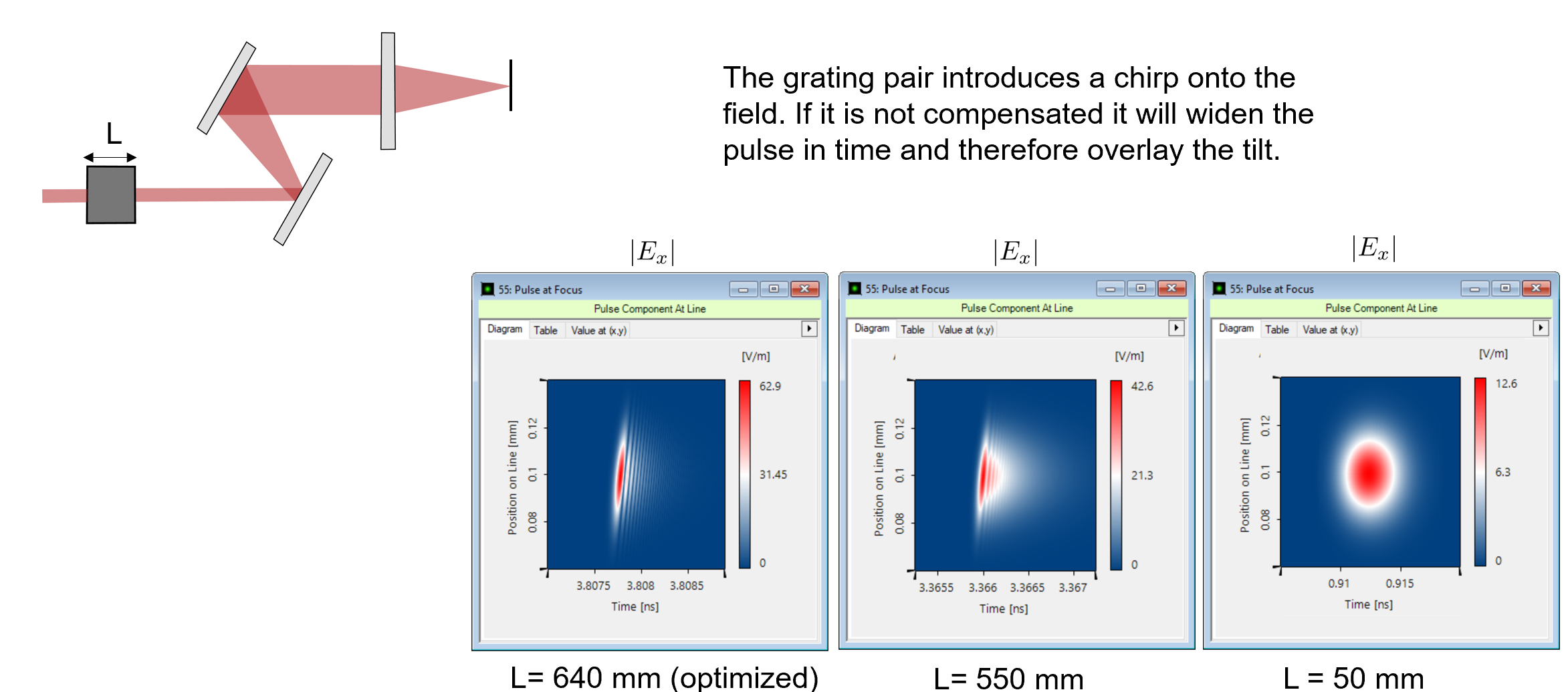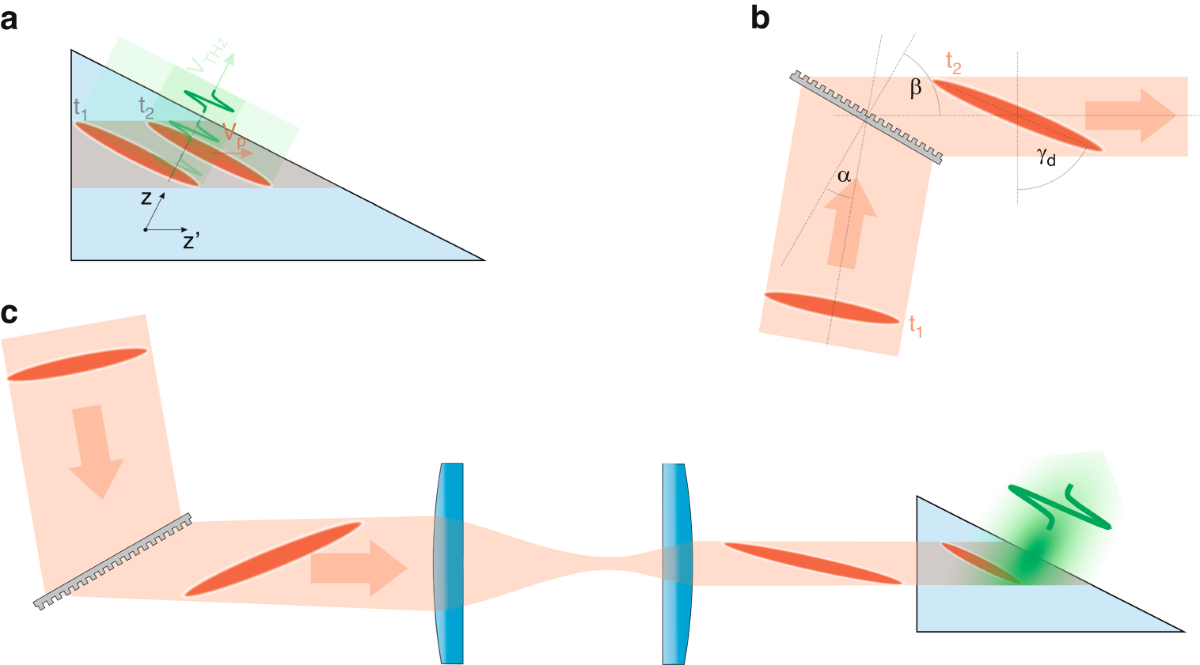Contents

Source: LightTrans
Pulse Front Tilt in Ultrafast Laser Physics
Understanding Pulse Front Tilt
Pulse front tilt is a phenomenon commonly observed in ultrafast laser physics, especially with very broadband ultrashort pulses. It refers to the variation in arrival time of an ultrashort pulse across the beam profile, creating a tilt between the pulse front and a direction perpendicular to the beam.
Relationship to Angular Dispersion
Pulse front tilt is closely linked to angular dispersion, where the wavefront orientation depends on the optical frequency. This relationship makes it challenging to interpret pulse front tilt as a fixed angle due to the frequency-dependent nature of the wavefront orientation.
Origins and Applications
Pulse front tilts can originate from various sources, such as spatial dispersion by prisms or diffraction gratings in laser beams with ultrashort pulses. Even minor misalignments or beam divergences within linear pulse compressors can introduce pulse front tilt. Deliberately creating pulse front chirp can also have practical applications in nonlinear frequency conversion processes.
Measurement Techniques
Traditional pulse characterization methods may not always detect pulse front tilts, leading to inaccuracies in pulse duration measurements. Specialized autocorrelators and techniques like GRENOUILLE are designed to measure pulse front tilt accurately, providing insights into the temporal characteristics of ultrashort pulses.
Future Research and Development
Continued research in pulse front tilt is essential for advancing ultrafast laser technologies, improving pulse characterization accuracy, and exploring new applications in fields like terahertz and x-ray pulse generation. Collaboration and innovation in measuring and controlling pulse front tilt will drive progress in ultrafast laser physics.

Source: Nature
Feel free to comment your thoughts.



